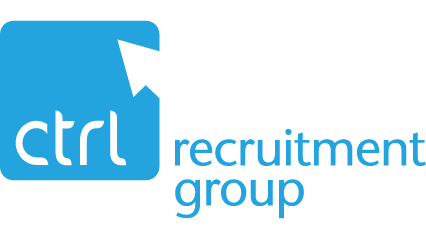
Blockchain: What Is It and How Does It Work? (Part 2)
(Continued from Part 1 – http://bit.ly/2er04bB)
Blockchain building blocks
Fahd Khan is a Director at CTRL Recruitment Group, an IT recruitment business based in London that specialises in a number of technologies including blockchain recruitment, he explained that three of the main components of the blockchain as a network of computers, a network protocol and a mechanism for consensus.
The network for a blockchain can include everyone who has a computer, large or small and are known as participants. Each computer is known as a node and ideally, each node would have a copy of the entire ledge. It would work with other nodes to maintain consistency of the ledger. This would create a fault tolerance, where if one of the nodes is lost, the whole of the ledger is not lost. A network protocol would be created to govern communication between nodes.
The consensus mechanism is a set of rules that are used to verify each transaction before it is added to the blockchain. In the bitcoin version, the consensus mechanism is called ‘proof of work’ and sees the network run algorithms to confirm the digital signature attached to each transaction. In a permissioned network, the consensus mechanism may be more relaxed as each participant is known. Currently, there’s no unanimously agreed upon consensus mechanism.
A transaction manipulates the ledger data based on rules laid down by business logic, according to the senior vice president of IBM Research, Arvind Krishna. Once a transaction is executed, the result is a proposed modification to the data on the ledger. Before a node commits to this change, the answer is validated by other nodes in the network. Approved transactions are packed into a block and sent to all the nodes on the network, which then re-validate it to make their records match. These transactions are executing in milliseconds.
Removing the need for a middleman
The architecture of the blockchain means that a network of computers can reach a consensus without there being a need for a middleman or Central authority. Financial services currently use a central clearinghouse to maintain their own central ledger and this can mean it takes days to settle a transaction. The clearinghouse also usually takes a fee for this service.
However, blockchain technology could eliminate the need for a clearinghouse, allowing each bank to have a copy of the ledger. A common network protocol and a consensus mechanism would let the participants talk to each other and transactions could be approved in seconds or minutes, lowering costs and improving overall efficiency.
There are those already working with different kinds of ledger technologies and applications, with financial services companies leading the way. Over 40 companies have said they are working with blockchain and others, such as insurance companies, are seeking to get started.
Problems with blockchain
Of course, there are issues that need to be dealt with before blockchain can fulfil its potential. One obstacle is the need to get a network of participants, all with their own back office systems, working on one common network protocol and technology stack, according to Guardtime.
There are not yet any clear standards governing how blockchain would be implemented. Some companies might use the bitcoin network while others might opt for permissioned or semi-private versions. There will also be regulatory hurdles as well as issues with cybersecurity.
There are still questions about the security and privacy of the system. In financial services, it is still unclear how much information each participant will need about a trade in order to verify the transaction.
The ecosystem
Currently, there are a number of start-ups and industry groups working with blockchains of different levels. These range from underlying infrastructure through to blockchain based applications. Some are working with public bitcoin blockchains while others are working on their own permission networks.
Financial institutions too are working with different implementations and with different vendors. The R3 consortium recently tested a private blockchain across 11 banks with a private version of the open-source technology created by Ethereum and hosted on Microsoft’s Azure cloud.
In December last year, the Linux Foundation announced plans to create an enterprise grade distributed ledger framework. The non-profit company said it had participants including Cisco Systems, International Business Machines Corp and Intel among others to be involved. IBM is contributing thousands of lines of code to the project with hopes of creating the default fabric that companies around the world will begin to use.


